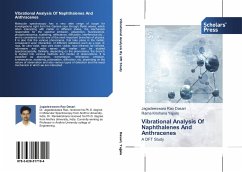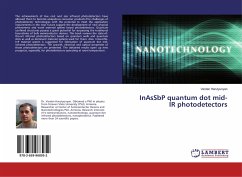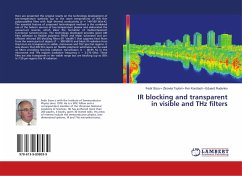Molecular spectroscopy has a very wide range of scope for investigations right from the Gamma rays through Radio waves, which when interacting with matter in different states, the mechanism responsible for the spectral emission, absorption, fluorescence, phosphorescence, scattering, reflectance, diffraction, interference etc and is considered to be one of the most important branches of physics. It is also that the various phenomena, that take place in the matter, consequent upon interaction, of different radiations such as -rays, X-rays, far ultra violet, near ultra violet, visible, near infrared, far infrared, microwave and radio waves with matter can be studied spectroscopically. Similarly, depending on the phenomena, the branch is divided into various methods and modes of observations. It is classified as absorption, transmission, reflectance, emission, luminescence, scattering, polarization, diffraction, etc. depending on the nature of observation and also various types of detection and the exact mechanism in which we are interested.
Bitte wählen Sie Ihr Anliegen aus.
Rechnungen
Retourenschein anfordern
Bestellstatus
Storno








